





Today is the 5th day of Chinese New Year and this is what I see in my balcony garden today.
All about growing exotic Heliconias in my Garden in Penang, Malaysia

Heliconias may be distinguished from other members of the Zingiberales by their inverted flowers, a sterile staminode and fruits which are drupes (a hard seed surrounded by fleshy pulp).
In their natural habitat, Heliconia typically occupy clearings on the forest floor in humid tropical rain-forests, especially in places where sunlight can penetrate through the leaf canopy, and also along river banks.
Having recently read the book 'Indentification of Heliconias', I am now able to identify 11 out of the 12 heliconias that is now residing on my balcony garden based on height; inflorescence particular on number of bracts, color of rachis, sepals, ovary and pedicel; leave form.
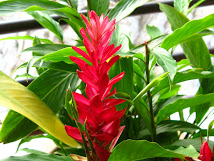
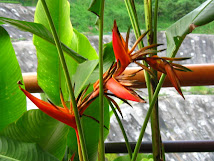


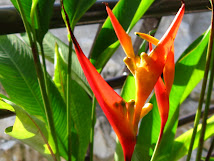
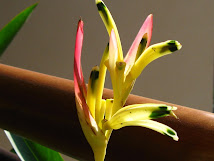

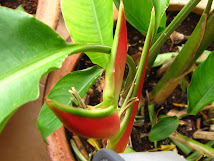


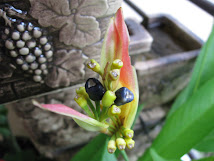
No comments:
Post a Comment